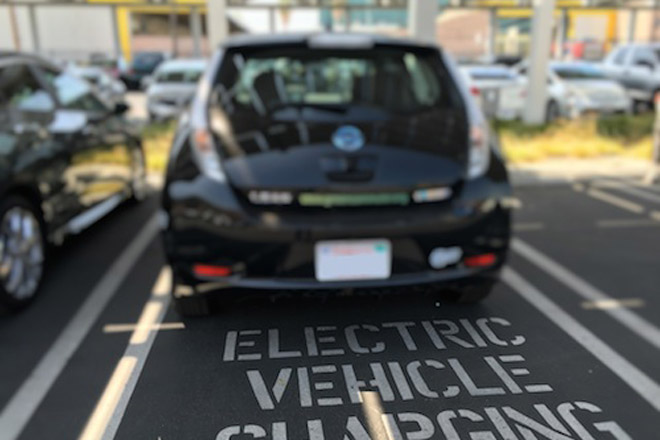I have just returned from the EV Roadmap Conference in Portland, now in its 9th year. There was one word that I heard there, over and over, from a variety of speakers and I have been thinking about it quite a bit since then. The word is better.
The real secret of electric vehicles, the one that we try so hard to convey to the public, is that they are simply better—across the board better—for a long list of reasons. This truth has been masked by the limitations of existing battery technology and hang-ups about range. But, battery limitations aside, the electric motor is a fundamentally better technology for moving cars than the internal combustion engine.
For starters, it is elegantly simple. The internal combustion engine has a long list of components (starter, spark plugs, carburetor, radiator, etc.) needed to make it run, that few consumers understand. The drivetrain of an electric car, at its core, is not much more complex than a ceiling fan. You turn the knob (or step on the accelerator) and it goes. With simplicity comes efficiency. An electric car takes far less energy to move than a gas car and costs less to maintain, too.
That simplicity also results in the cleaner, sharper driving experience that we all know and love. A simple electric motor responds instantaneously and does not require dozens of components working in harmony to make the wheels turn. Drivers new to EVs are almost universally shocked by how much faster they respond.
And the fuel is simple too. We have spent the last hundred years building out our electric infrastructure. Electric plugs are within arm’s reach nearly everywhere in our built environment. While yes, gas stations are pretty common, cluttering up our busy intersections, they don’t compare to electric plugs, which are discretely found in every room of every home and workplace in the country. And by the way, gasoline is highly toxic when you breathe it or get it on your skin at the gas pump. Regular exposure causes a long list of health problems.
Consider also where the fuel comes from. The footprint of the petroleum industry dwarfs nearly everything else we humans do. When you consider the remote oil fields and deep oceans where it is produced, to the massive supertankers plowing the world’s oceans to bring it to us, to the huge refineries where it is processed, to the corner gas stations where it is sold, nothing is bigger, messier, or costlier than our gasoline infrastructure.
Electricity is mostly produced locally, by local utilities. While it is true that we have historically burned a lot of coal for electricity, a transition to cleaner electricity is well underway. Every year, more coal is replaced by low cost wind and solar. And it is easier and cheaper than ever to produce your own fuel with rooftop solar, as I do.
For many years, the beauty and simplicity of electric drive vehicles has been held back by battery technology. Batteries were bulky and expensive. But that is now changing rapidly. Batteries are getting better and cheaper every year, as demonstrated by the new generation of 200 mile plug-in vehicles that will soon begin rolling out. Used batteries will also see a second life in stationary applications, unlike gasoline, which, when burned has a “second life” as a harmful pollutant and contributor to climate change.
Our challenge now, is to get the word out about what makes EVs truly better. And as we have said before, the best sales people for these vehicles are the drivers themselves. So do take your friends for a ride whenever you can. Join us and 100k+ other EV fans at a National Drive Electric Week event near you (September 10-18, 2016). If you already love EVs, and want to convert all your friends and neighbors to enjoy a better driving experience, consider volunteering to lead your own EV celebration! And if you want to share your story with us, you can reach us at stories@pluginamerica.org.


